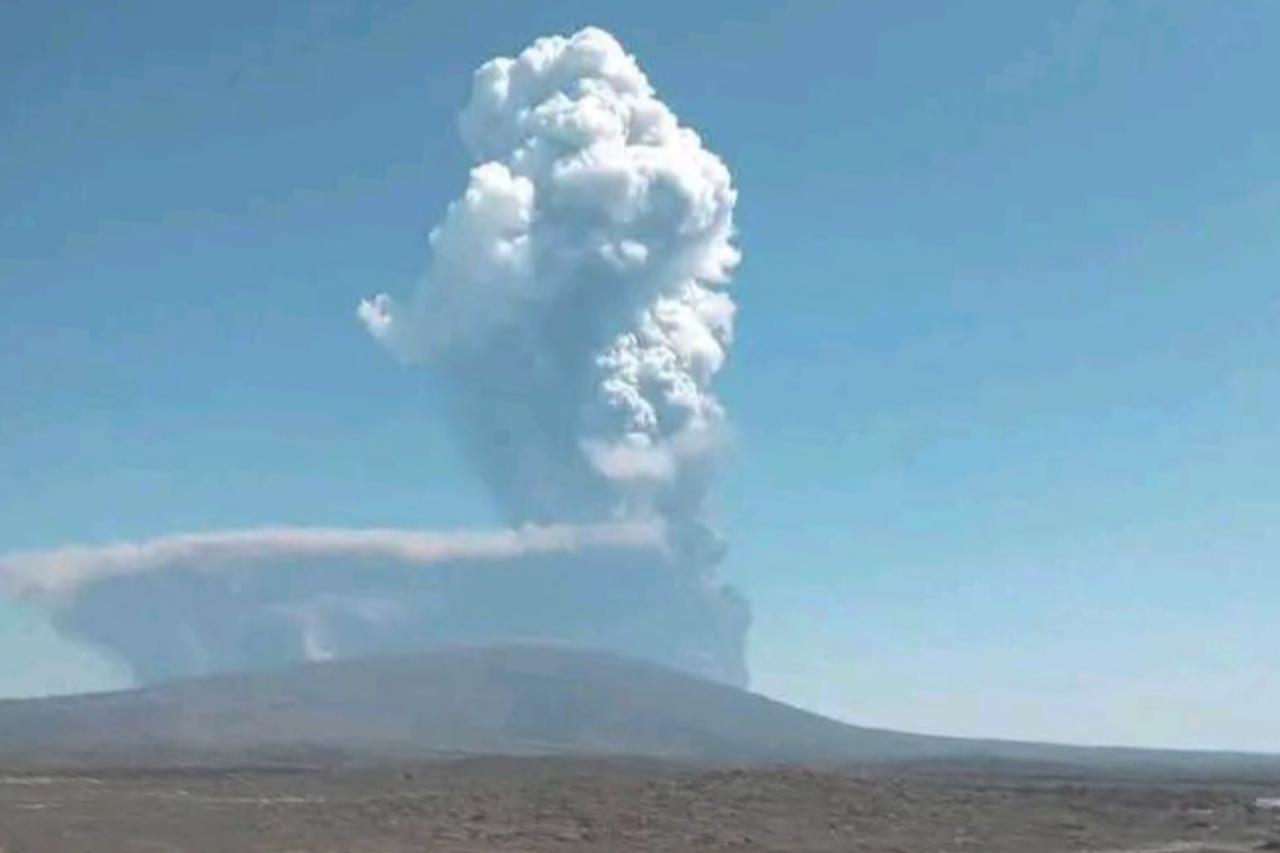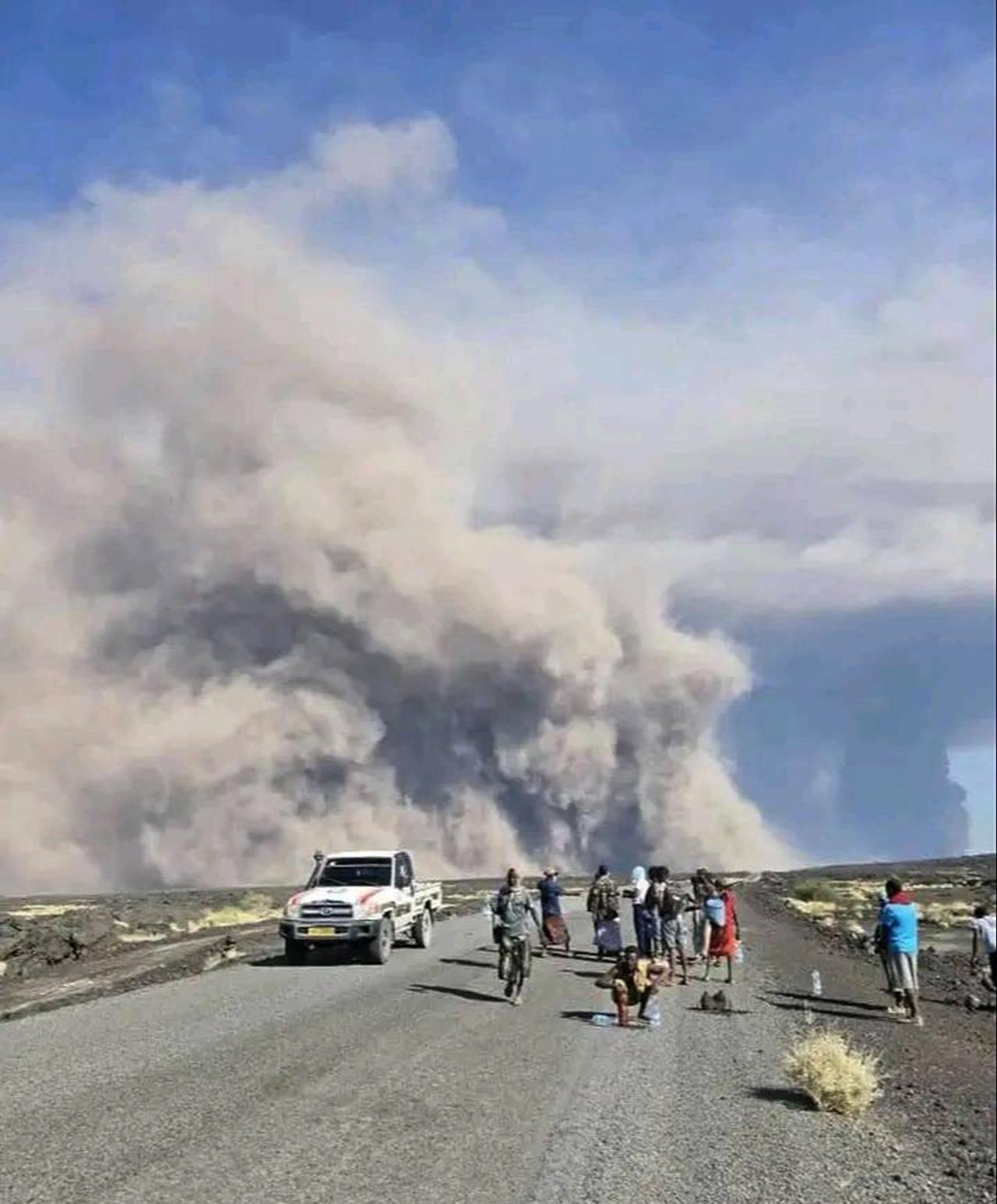
The Hayli Gubbi Volcano, located in the Afar region of northern Ethiopia, has erupted for the first time in at least 12,000 years, according to reports from regional authorities and international monitoring centers.
The Toulouse Volcanic Ash Advisory Center (VAAC) confirmed the eruption after satellite imagery detected significant ash emissions rising above the volcano. The ash plume later dispersed across the Red Sea, drifting toward Yemen, Oman, northern India and Pakistan.
Local officials reported no casualties, but several nearby villages were blanketed in ash, prompting concerns for communities that rely heavily on livestock. Early assessments indicate that ashfall may contaminate grazing areas and water supplies, potentially affecting the region’s primary source of income.

The Smithsonian Institution’s Global Volcanism Program reported that Hayli Gubbi has no known Holocene eruptions, highlighting the event’s scientific importance. The volcano lies within the Afar Rift Zone, where the African and Arabian plates are gradually separating.
VAAC also detected a significant release of sulfur dioxide during the eruption. While activity has eased, drifting ash continues to affect regional airspace, prompting aviation advisories.